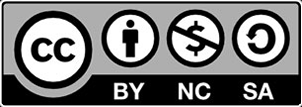Figure WCA-isr-022. The Nehushtan (Brazen Serpent) of Moses, the origins of which described in the Bible (Old Testament), NRSV as follows: ◆ "From Mount Hor they set out by the way to the Red Sea, to go around the land of Edom; but the people became impatient on the way. The people spoke against God and against Moses, “Why have you brought us up out of Egypt to die in the wilderness? For there is no food and no water, and we detest this miserable food.” Then the Lord sent poisonous [שָׂרַף, seraph = "fiery/burning" in Hebrew] serpents [נָחָשׁ, nahash = "snake/serpent" in Hebrew] among the people, and they bit the people, so that many Israelites died. The people came to Moses and said, “We have sinned by speaking against the Lord and against you; pray to the Lord to take away the serpents [נָחָשׁ, nahash] from us.” So Moses prayed for the people. And the Lord said to Moses, “Make a poisonous serpent [שָׂרָף, seraph], and set it on a pole; and everyone who is bitten shall look at it and live.” So Moses made a serpent of bronze [נְחֹ֫שֶׁת, nehoshet = "of bronze" in Hebrew], and put it upon a pole; and whenever a serpent [נָחָשׁ, nahash] bit someone, that person would look at the serpent of bronze [נְחֹ֫שֶׁת, nehoshet] and live." (Numbers 21: 4-9).
|


